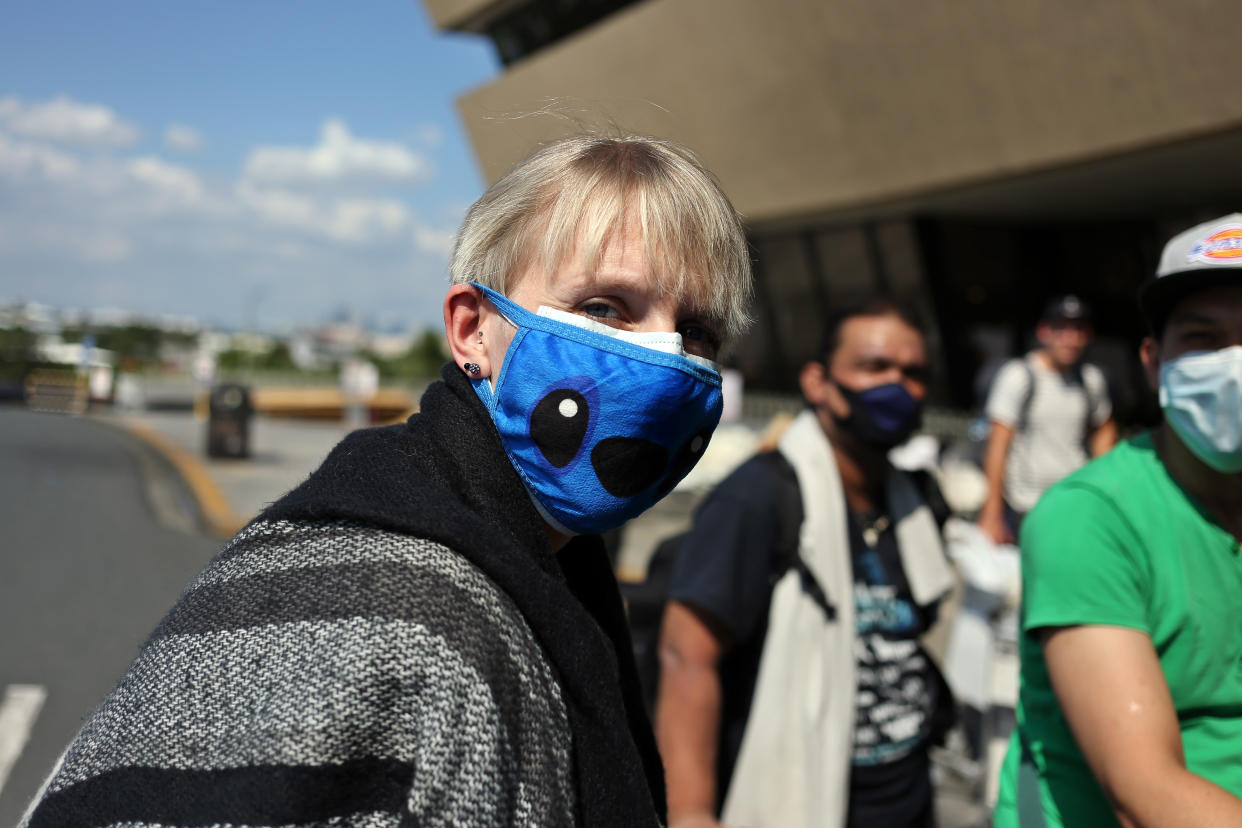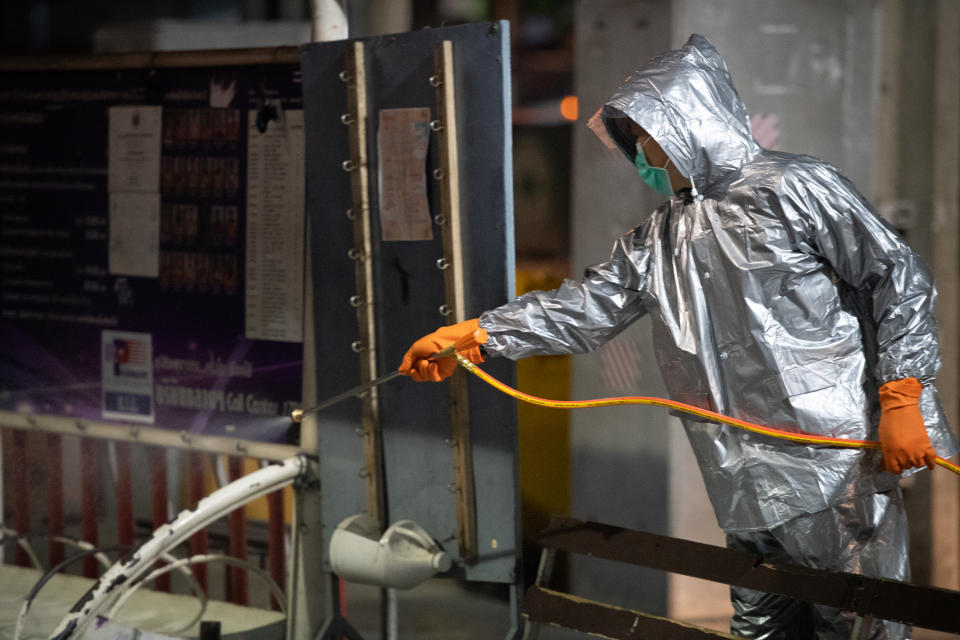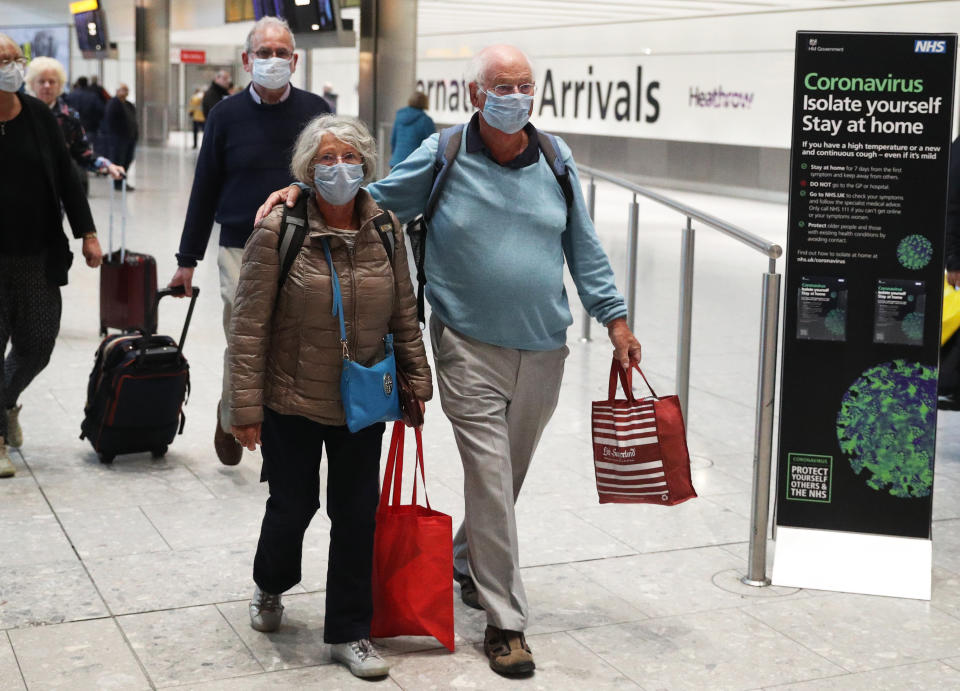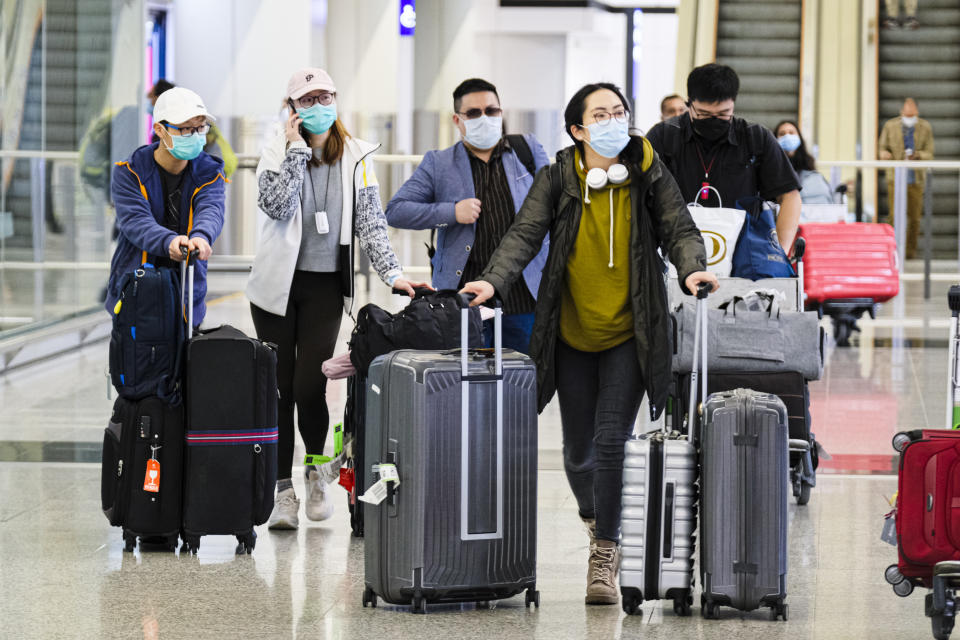Coronavirus: the vaccines under development

With the coronavirus making headlines all over the world, scientists are racing to develop a vaccine.
Virtually unheard of at the start of the year, no-one has immunity to the somewhat-mysterious strain.
Early research suggests four out of five cases are mild, with a relatively small number of patients requiring treatment in hospital.
With the coronavirus having no “set” treatment, patients are offered “supportive care” while their immune system works to fight off the infection.
Officials are urging the public to wash their hands regularly and maintain social distancing in the hope fewer people will catch the coronavirus and the outbreak will not be able to sustain.
Concerns have been raised, however, the virus may become seasonal and re-emerge next winter in the northern hemisphere.
To prevent a second outbreak, scientists are working hard to develop a vaccine that will create “herd immunity”, leaving the virus unable to “take hold” in communities.
Latest coronavirus news, updates and advice
Live: Follow all the latest updates from the UK and around the world
Fact-checker: The number of Covid-19 cases in your local area
Explained: Symptoms, latest advice and how it compares to the flu
The new coronavirus is thought to have emerged at a seafood and live animal market in the Chinese city Wuhan at the end of last year.
It has since spread into more than 150 countries across every inhabited continent.
Since the outbreak began, more than 219,000 cases have been reported worldwide, of whom over 84,000 have “recovered”, according to Johns Hopkins University data.

Cases have been plateauing in China since the end of February, with no new “domestic” incidences being reported in the past 24 hours.
Europe is now the epicentre of the pandemic.
Italy alone has had more than 35,700 confirmed cases, of whom more than 2,000 have died.
In the UK, more than 2,600 cases have been confirmed, of whom 104 have died.
Globally, the death toll is approaching 9,000.

The coronavirus vaccines under development
The new coronavirus is a strain of a class of viruses, with seven known to infect humans.
Others include the common cold and severe acute respiratory syndrome (Sars), which killed 774 people during its 2002/3 outbreak.
Chinese authorities were famously tight-lipped about Sars, which emerged in the Guangdong province.
In contrast, they have been upfront about the new coronavirus, quickly releasing its genetic code.
Knowing the virus’s DNA enables scientists to better understand how it infects humans.
Inovio Pharmaceuticals in San Diego have used DNA advances to develop a jab called INO-4800, which it plans to test on humans within the next few months.
If successful, larger trials could be carried out in China by the end of the year, the company claims.
“Once China had provided the DNA sequence of this virus, we were able to put it through our lab's computer technology and design a vaccine within three hours,” Kate Broderick from Inovio previously told the BBC.
Vaccine trials could be carried out by end of year
“Our DNA medicine vaccines are novel in that they use DNA sequences from the virus to target specific parts of the pathogen which we believe the body will mount the strongest response to.
“We then use the patient's own cells to become a factory for the vaccine, strengthening the body's own natural response mechanisms.”
The work is funded by the Coalition for Epidemic Preparedness Innovations (Cepi), created after the Ebola outbreak that killed thousands.
Cepi is also backing the University of Queensland’s efforts to create a vaccine.
Scientists from Imperial College London are also hurriedly working to create a jab.
“Conventional approaches usually take at least two to three years before you even get to the clinic,” Professor Robin Shattock previously told Sky News.
“We've gone from that sequence to generating a candidate in the laboratory in 14 days.”

Will a coronavirus vaccine be ready in time?
The coronavirus outbreak is now being referred to as a pandemic.
No one can say for sure how it will play out, however, scientists have been upfront a vaccine will not be available during this outbreak.
“No manufacturer will be able to have a vaccine ready for the summer, or even by the autumn”, Stephane Bancel, CEO of Moderna Therapeutics, previously said.
“The challenge is it could quickly be given to millions of people.
“The responsibility for its safety is therefore very important.”
If the virus becomes seasonal, however, a jab made be developed in time for the next outbreak or the emergence of another coronavirus strain.
“A vaccine is a long way off,” Dr David Heymann from the London School of Hygiene & Tropical Medicine previously said.
“There won’t be a vaccine for this outbreak but will be for other coronaviruses.”
Vaccines take time, with scientists having to prove they are both safe and effective.
This should ideally be demonstrated in the laboratory and among the community living in the midst of an outbreak.
The US Food and Drug Administration (FDA) follows a similar approval process for vaccines as it does for drugs.
Manufacturers typically have to first prove safety in a small number of “closely-monitored subjects”.
The next phase involves “dose-ranging studies” in hundreds of people.
Finally, the jab is tested on thousands to provide “the critical documentation of effectiveness and important additional safety data required for licensing”.
The FDA can request additional studies, or halt ongoing trials, if it has safety or efficacy concerns.
To speed things up, the administration can grant priority review applications and “Breakthrough Therapy” designation.
This was the case with Merck’s Ebola vaccine Ervebo, approved on 19 December last year.
The FDA “worked closely with the company and completed its evaluation of the safety and effectiveness of Ervebo in less than six months”.
While it sounds like we may be in this for the long-haul, scientists from John Hopkins University believe they could come up with a solution in a “couple of weeks”.
The team hope to collect blood from people who have recovered from the coronavirus and process it to separate the serum.
Serum is the part of the blood that contains immune-fighting proteins called antibodies, which “remember” pathogens they have been exposed to be before.
The hope is to inject a patient, or vulnerable individual, with these antibodies to help them fight off the infection.
“Deployment of this option requires no research or development,” said study author Dr Arturo Casadevall.
“It could be deployed within a couple of weeks”.
The approach is reportedly most effective when a patient is given the jab as soon as they develop symptoms.
“It’s all doable, but to get it done it requires effort organisation, resources and people who have recovered from the disease who can donate the blood”, said Dr Casadevall.
While many are keen to create the all-important herd immunity as soon as possible, one expert has warned against “cutting corners”.
“Make no mistake, it’s essential we work as hard and fast as possible to develop drugs and vaccines that are widely available across the world”, said Dr Shibo Jiang from Fudan University in Shanghai.

“But it is important not to cut corners.”
Dr Jiang stressed the importance of proving vaccine safety in “more than one animal model”.
Jabs should also be shown to ward off infection, “even though that will probably mean waiting weeks or even months for the models to become available”.
He pointed out a vaccine that aimed to prevent cats from catching a feline-specific coronavirus actually made them more susceptible.
The coronavirus is an RNA virus, which mutate almost constantly. In simple terms, RNA is a precursor to DNA.
“The virus might well mutate in ways that would make previously effective vaccines and antivirals useless”, said Dr Jiang.
“Despite the genuine need for urgency, the old saying holds: measure twice, cut once.”

What is the coronavirus?
The coronavirus tends to cause flu-like symptoms initially, such as a fever, cough or slight breathlessness.
It mainly spreads face-to-face via infected droplets expelled when a patient coughs or sneezes.
There is also evidence it may be transmitted in faeces and urine.
While most cases are mild, pneumonia can come about if the infection spreads to the air sacs in the lungs, causing them to become inflamed and filled with fluid or pus.
The lungs then struggle to draw in air, resulting in reduced oxygen in the bloodstream and a build-up of carbon dioxide.



